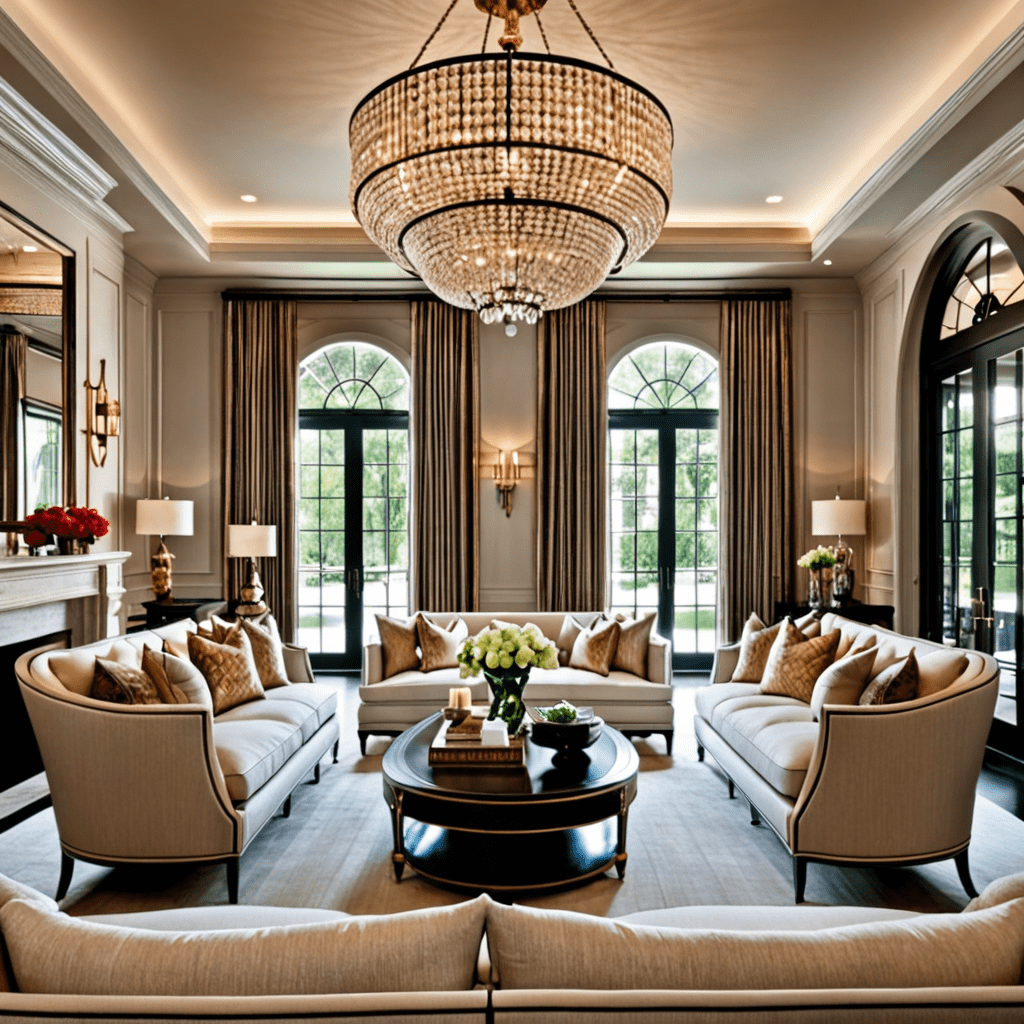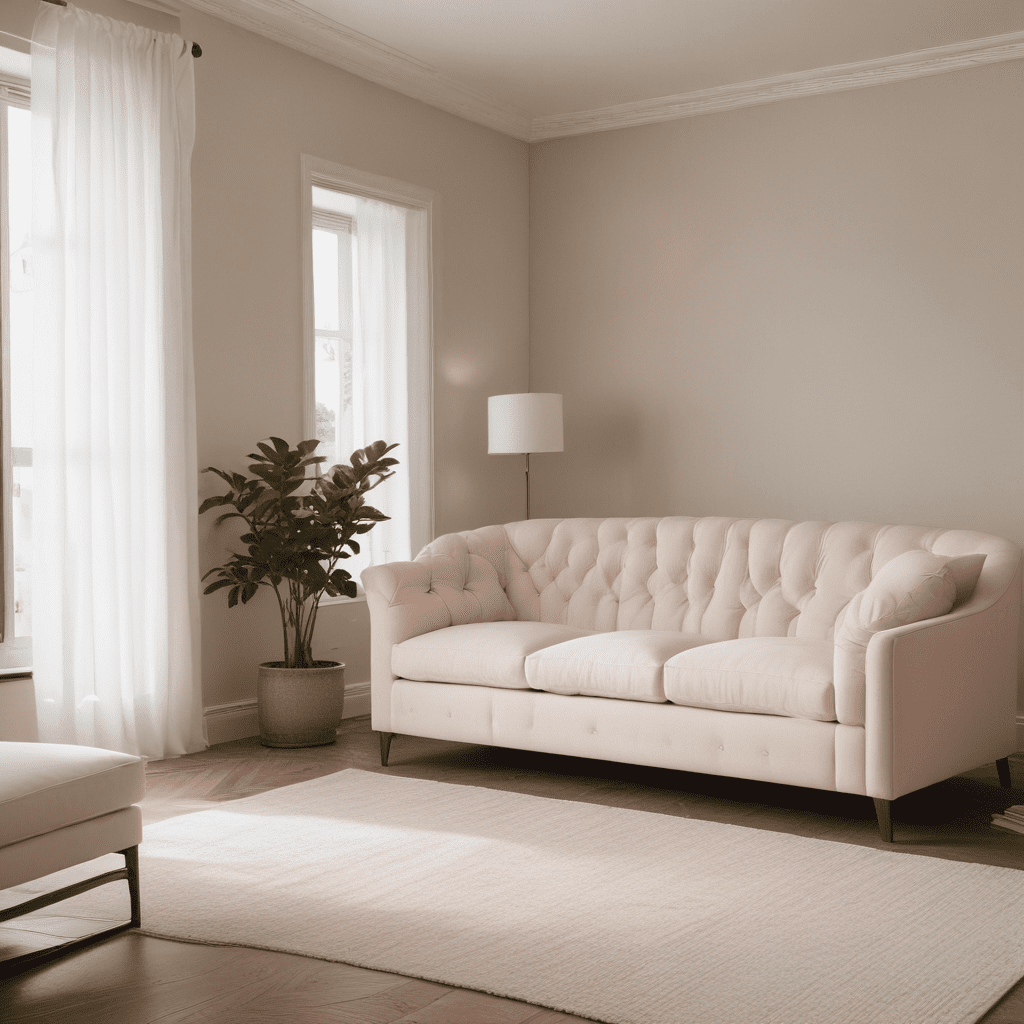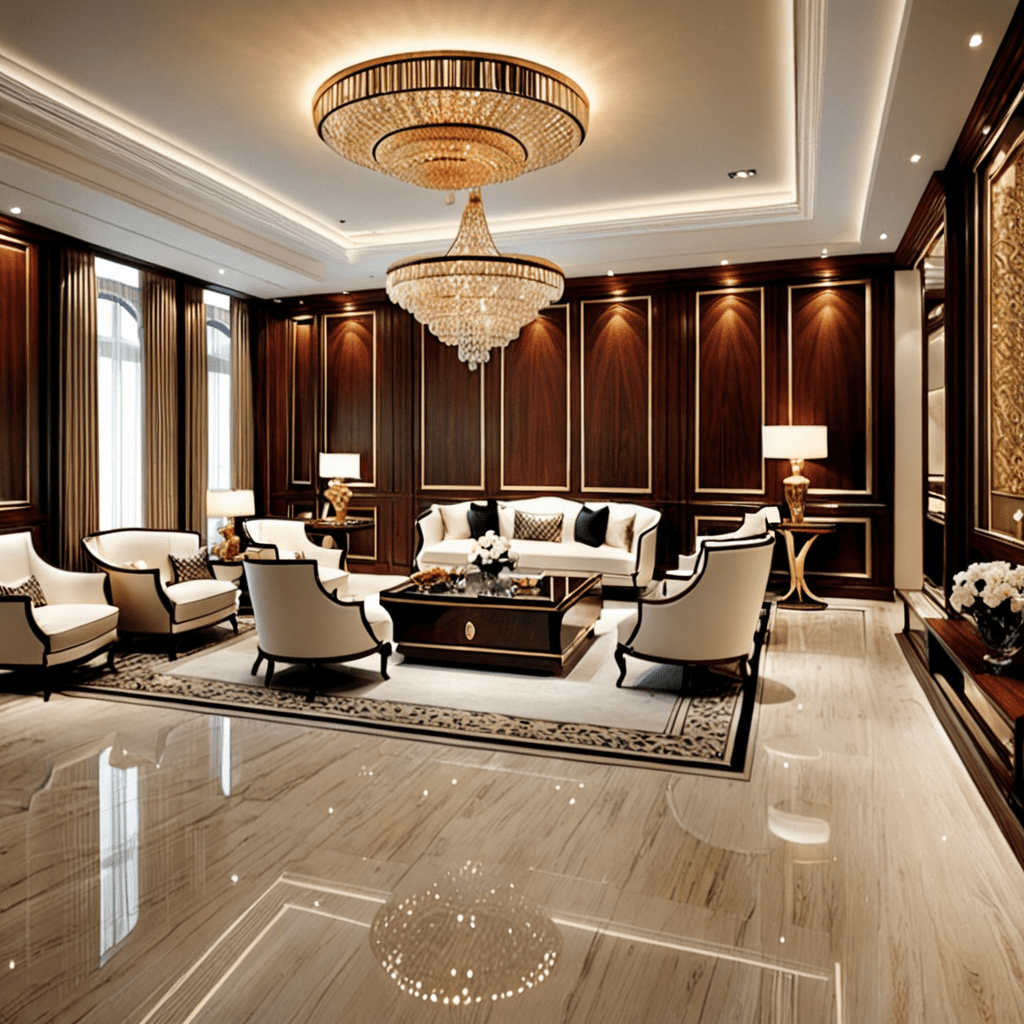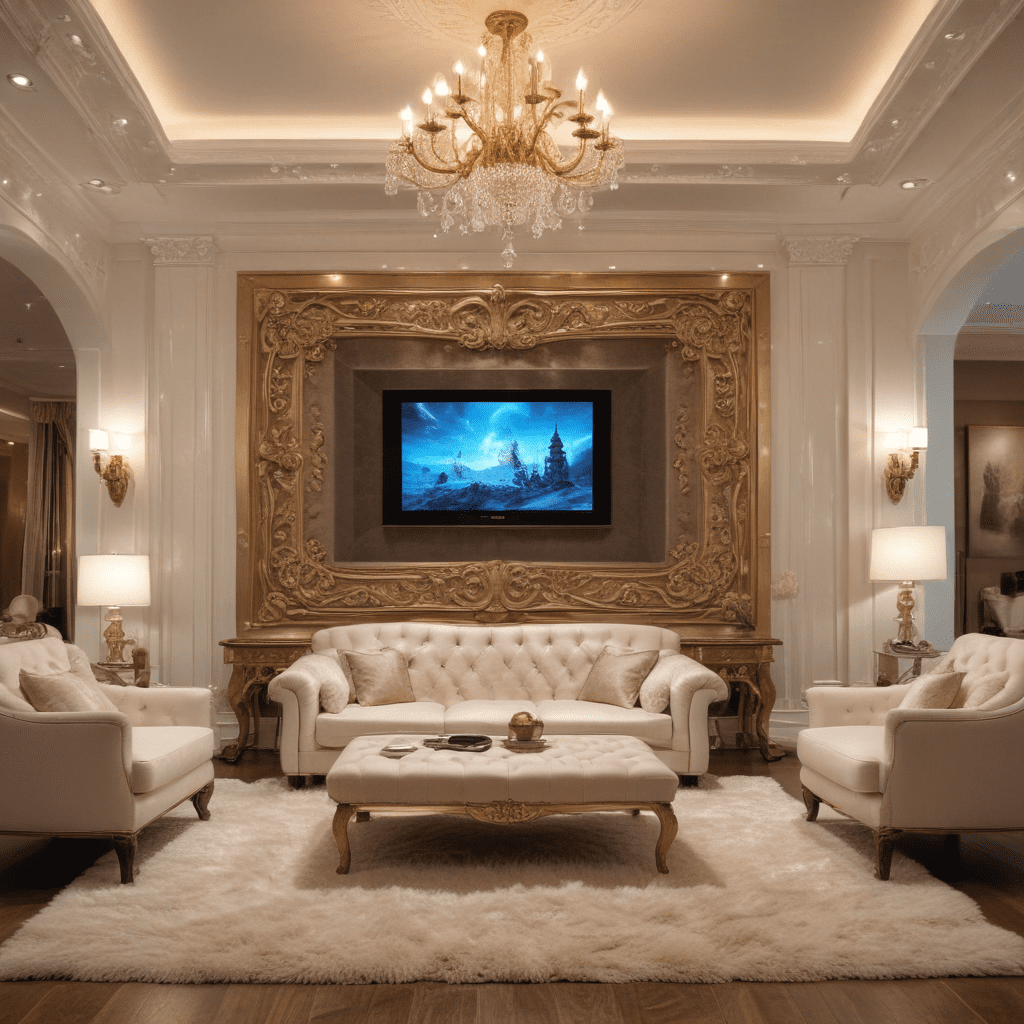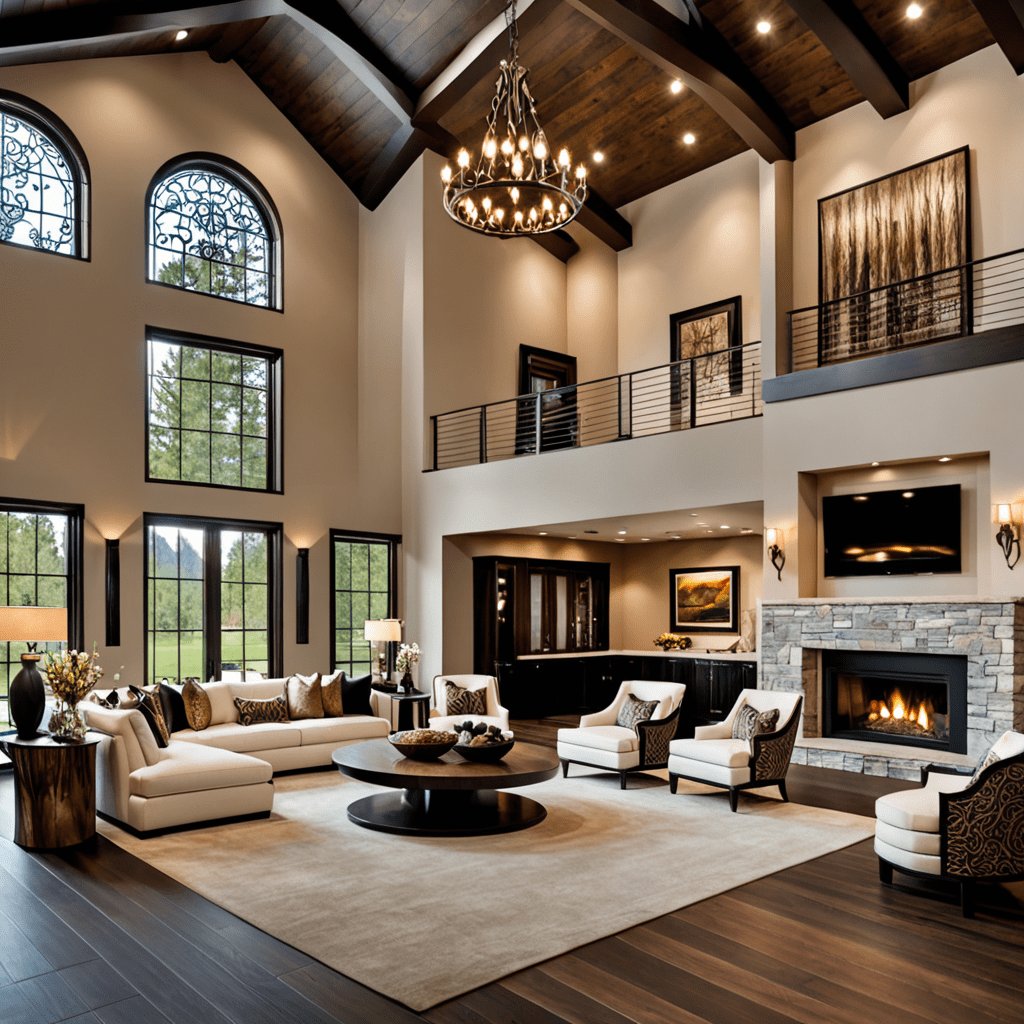Texture in Design: How to Create Depth and Interest
Texture in Design: How to Create Depth and Interest
When it comes to interior design, there are many elements to consider in order to create a comfortable and aesthetically pleasing living space. One key element that often gets overlooked is texture. Texture plays a crucial role in design as it adds depth and visual interest to a room. In this article, we will explore the importance of texture in interior design and provide tips on how to incorporate it effectively into your space.
Introduction
Interior design is not just about choosing the right colors or arranging furniture in a room. It is about creating a space that reflects your personality and style while also providing comfort and functionality. Texture is one element that can elevate a design from ordinary to extraordinary. It adds visual and tactile interest, making a room feel more inviting and layered.
Key Elements
1. Color Palettes
When considering texture in design, it is important to think about color palettes. Different textures can be enhanced or subdued depending on the color scheme you choose. For example, a rough, natural texture may be more prominent when paired with warm earth tones, while a smooth, glossy texture can stand out against a cool, monochromatic color palette.
2. Furniture Arrangement
Texture can also be incorporated into the arrangement of furniture within a space. Mixing different textures in your furniture pieces adds visual interest and creates a more dynamic atmosphere. For example, pairing a sleek leather sofa with a fluffy, textured rug can create a balanced and visually appealing combination.
3. Lighting
Lighting plays a crucial role in highlighting textures within a room. By strategically placing light sources, you can create shadows and highlights that enhance the texture of different surfaces. For example, using recessed lighting to highlight a textured stone wall can create a dramatic effect and draw attention to its unique features.
4. Accessories
Accessories are another key element in interior design that can help incorporate texture. By adding decorative pillows, throws, or curtains in different textures, you can add depth and visual interest to your space. Consider mixing materials like velvet, linen, or faux fur to create a layered and textured look.
Tips for Choosing Furniture
When selecting furniture pieces for your space, it is important to consider their texture in addition to size, style, and functionality. Here are some tips to keep in mind:
- Look for furniture pieces that have contrasting textures to add visual interest. For example, pairing a smooth leather chair with a textured fabric sofa can create a visually appealing seating area.
- Consider the overall style of your space when choosing furniture textures. If you have a modern and minimalist design, opt for furniture with sleek and smooth textures. If your style is more eclectic or bohemian, consider furniture with natural or distressed textures.
Think about the tactile experience as well. When selecting upholstery, consider how it will feel against your skin. Fabrics like velvet or chenille can add a luxurious and cozy feel, while leather or linen can create a more streamlined and contemporary look.
Don’t forget about functionality. While texture is important, it is equally important to choose furniture pieces that meet your needs. Consider factors like durability, ease of maintenance, and comfort when making your selection.
Incorporating Art and Decor
Art and decor are important elements in interior design that can help enhance the ambiance of a room. Here are some ideas for incorporating texture through art and decor:
- Hang textured artwork on your walls. Consider pieces that have depth, such as sculptures or mixed media art, to add visual interest.
Use textured wallpaper or wall panels to create a focal point in a room. Grasscloth or textured paint can add depth and dimension to your walls.
Incorporate decorative accessories with interesting textures, such as woven baskets, ceramic vases, or metal sculptures. These items can add visual interest and create a layered look.
Don’t be afraid to mix textures. Combining smooth and rough textures, like pairing a glass coffee table with a woven rug, can create a dynamic and visually appealing contrast.
In conclusion, texture is an important element in interior design that can elevate a space from ordinary to extraordinary. By considering color palettes, furniture arrangement, lighting, and accessories, you can incorporate texture effectively in your design. Remember to choose furniture pieces that complement your space in terms of size, style, and functionality. Lastly, don’t forget to incorporate texture through art and decor to add depth and interest to your living space. So, embrace the world of texture and create a visually stunning and inviting interior design that truly reflects your style and personality.
